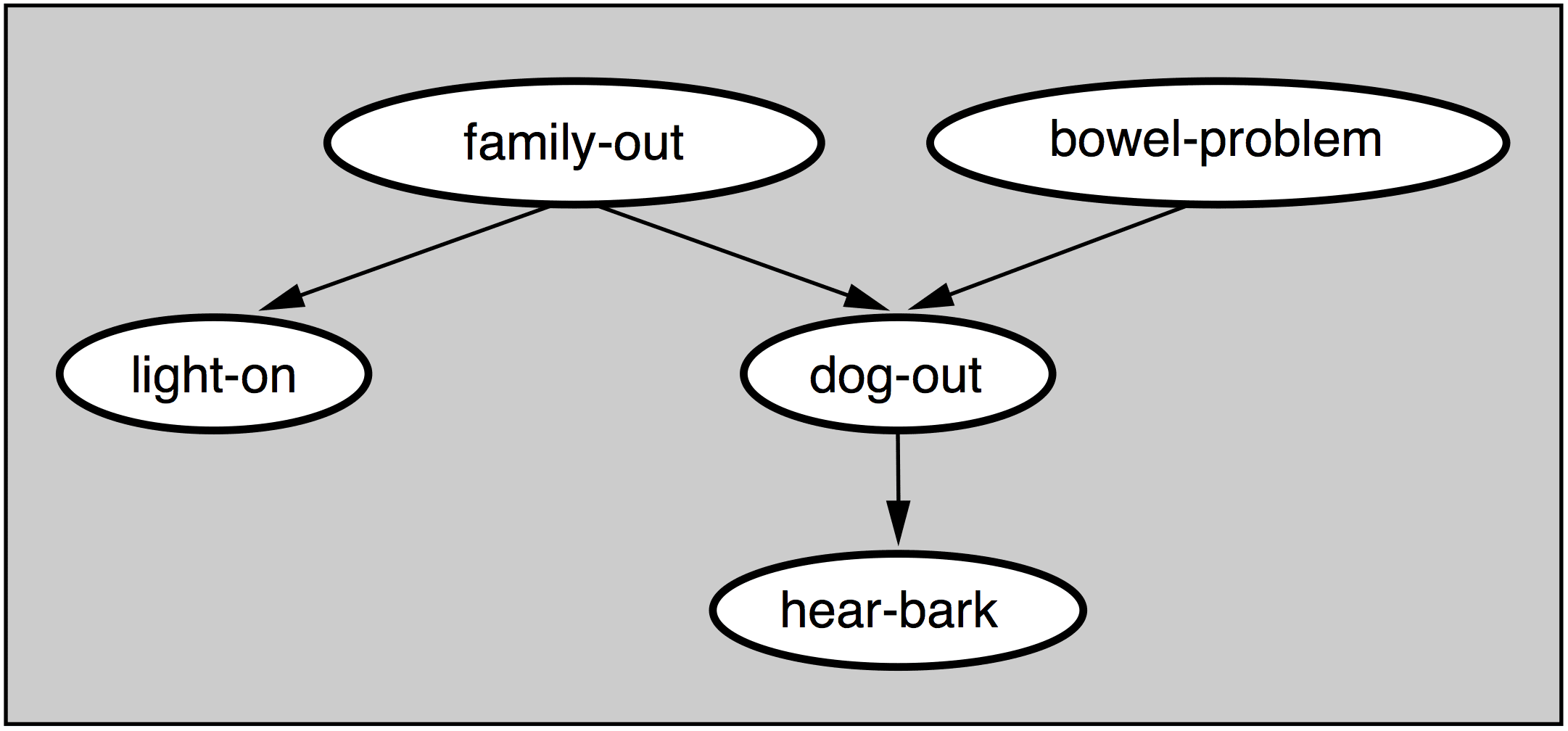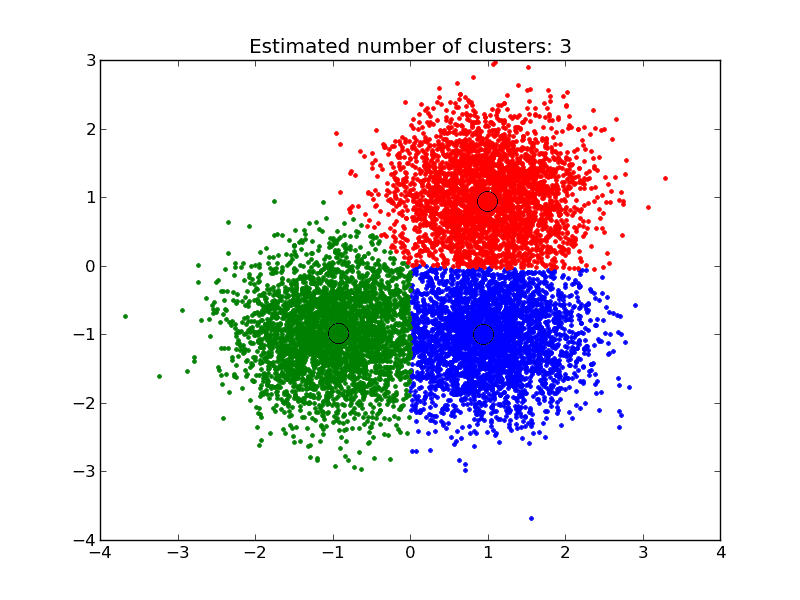R is a programming language of its kind. It is a language for statistics, and its ecosystem has a lot of libraries for all kinds of statistical tasks. It is a language targeted the statisticians rather than computer scientists. Hence you will see some unorthodox patterns in the language. In this post, you will learn about R. Specifically, you will learn
- Why R is important
- How to install R in your computer
Let’s get started.

An Introduction to R.
Photo by Naser Tamimi. Some rights reserved.
Overview
This post is divided into three parts; they are:
- What is R?
- Getting Started with R
- Data in R
What is R?
R is a programming language for statistical computing and graphics. As famous as the language itself, a software called RStudio works as an IDE on top of R to allow you to visualize the computation. R is a free and open-source software, and it is available for Windows, macOS, and Linux. R has been widely used by statisticians, data scientists, and machine learning engineers since the rich ecosystem in R supports virtually all kinds of statistical analysis.
The syntax of R is simple. However, it may not be intuitive to people who come from other programming languages. The syntax of R is close to mathematical formulas. One of the most famous syntax is probably the assignment:
|
1 |
X <- 42 |
This is to assign the value 42 to a variable X. The use of <- is to reflect how some mathematics literature denotes assignment that intentionally to avoid the confusion with “=” for equality comparison. Note, however, that using = for assignment is allowed in later versions of R but conventionally, we stay with <-.
Over the years, R has developed a lot of language features that you can consider as a general programming language. But R also amassed a lot of statisticians as their go-to language. Therefore, you will find it powerful in performing statistical analyses because of the packages and libraries available. Examples of analyses include:
- Linear regression
- Logistic regression
- Time series analysis
- Hypothesis testing
- Data mining
To learn, you can refer to the R documentation.
Getting Started with R
You will need to install it on your computer to get started with R. You can download R from the R Project website:
- https://www.r-project.org/
which installers for Mac and Windows are available. For Linux, usually R is available as a package in your distribution. For example, in Debian and Ubuntu, you can run the following command to install R:
|
1 |
sudo apt install r-base |
Once you have installed R, you can open it by typing R (uppercase) in a terminal window. You can type
|
1 |
q() |
to quit R.
In addition, you can download and install RStudio from the RStudio website
It is a GUI that allows you easier to write R code, debug R code, and visualize R data.

Screenshot of RStudio
Once you are in R, you will be at the R prompt. This is where you can type R commands. To learn more about R commands, you can type help() at the R prompt. But a simple example of an R command would be the following:
|
1 |
2+2 |
This command will add 2 and 2 and print the result, which is 4. Vectors (lists) are also native in R, so in a similar sense, you can also do vector addition:
|
1 |
c(2,3) + c(3,6) |
which R returns
|
1 |
[1] 5 9 |
Data in R
R can work with data in a variety of formats. The most common data formats in R are:
- Lists: A list is a collection of data objects.
- Matrices: A matrix is a rectangular array of data.
- Data frames: A data frame is a table of data with rows and columns.
For example, if you have a table of data saved in the format of a CSV file, you can use the read.csv() function in R to read the data into a data frame named df:
|
1 |
df <- read.csv("data.csv") |
This syntax is like pandas if you learned the Python counterpart before. Note that read.csv() is a function where the dot . is just a character in the name of the function. Making dot a legitimate character for an identifier is another property of R that is different from other programming languages. As another example, below is how we create a matrix in R:
|
1 2 3 4 5 6 |
> x <- matrix(1:9, ncol=3) > x [,1] [,2] [,3] [1,] 1 4 7 [2,] 2 5 8 [3,] 3 6 9 |
where 1:9 is R’s shortcut to create a list of ascending numbers, and the matrix() function above reformat the list into a matrix of three columns. With this, computing the 3×3 matrix’s determinant using R has a function built-in:
|
1 2 |
> det(x) [1] 0 |
You can always learn more about a function in R using help(det) or search for a particular function with help.search(keyword).
Further Readings
Below are some resources that may be helpful for you to learn about the above topics:
Web site
- R documentation: https://www.r-project.org/other-docs.html
Books
- The Book of R: A First Course in Programming and Statistics
- R for Data Science: Import, Tidy, Transform, Visualize, and Model Data
Summary
R is a powerful programming language for statistical computing and graphics. It is free and open-source software with a large community of users. R is a great language to learn if you are interested in data science.







No comments yet.